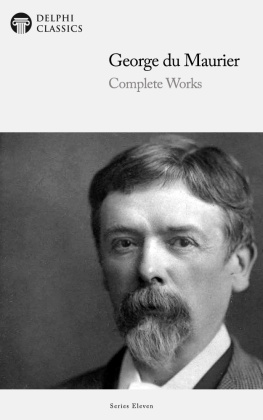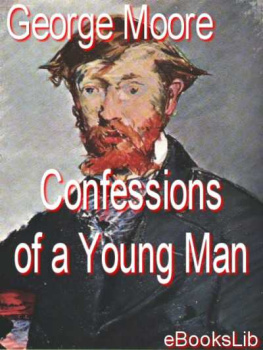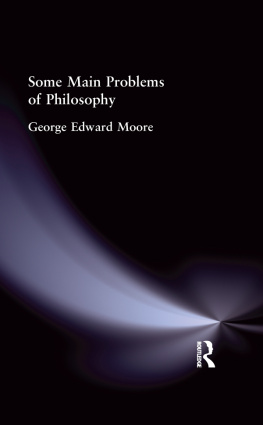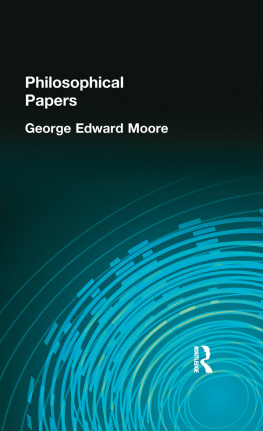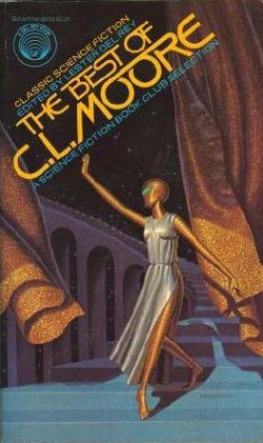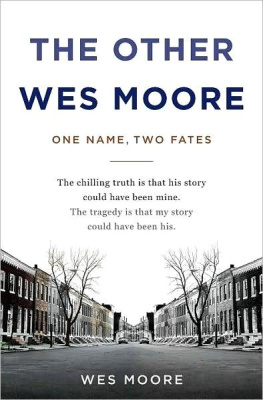The Complete Works of
GEORGE MOORE
(1852-1933)

Contents

Delphi Classics 2018
Version 1


Browse our Main Series

Browse our Ancient Classics

Browse our Poets

Browse our Art eBooks

Browse our Classical Music series

The Complete Works of
GEORGE MOORE

with introductions by Gill Rossini
www.gillrossini.com
By Delphi Classics, 2018
COPYRIGHT
Complete Works of George Moore

First published in the United Kingdom in 2018 by Delphi Classics.
Delphi Classics, 2018.
All rights reserved. No part of this publication may be reproduced, stored in a retrieval system, or transmitted, in any form or by any means, without the prior permission in writing of the publisher, nor be otherwise circulated in any form other than that in which it is published.
ISBN: 978 1 78656 104 6
Delphi Classics
is an imprint of
Delphi Publishing Ltd
Hastings, East Sussex
United Kingdom
Contact: sales@delphiclassics.com

www.delphiclassics.com
Parts Edition Now Available!

Love reading George Moore ?
Did you know you can now purchase the Delphi Classics Parts Edition of this author and enjoy all the novels, plays, non-fiction books and other works as individual eBooks? Now, you can select and read individual novels etc. and know precisely where you are in an eBook. You will also be able to manage space better on your eReading devices.

The Parts Edition is only available direct from the Delphi Classics website.
For more information about this exciting new format and to try free Parts Edition downloads , please visit this link .
Explore Edwardian literature with Delphi Classics

For the first time in digital publishing history, Delphi Classics is proud to present the complete works of these important authors.
Explore Edwardian era authors
The Novels

The ruins of Moore Hall, abandoned after being burnt down by the IRA in 1923 Moores birthplace. George Moores family had lived in Moore Hall, near Lough Carra, County Mayo, for almost a century.

Lough Carra, a limestone lake of 4,000 acres, eight miles south of Castlebar. The lough was part of the estate of the well-known Moore family of Moore Hall.
A Modern Lover

Moores first novel was published to positive reviews in 1883 by William Tinsley, although it had previously been rejected by Bentley and Sons. Despite the action taking place largely in London, it is a fascinating insight into Moores years as a resident in Paris and in that sense, it is semi-autobiographical. The novel is regarded as the first published English novel directly influenced by the traditions of French realism and it triggered a fashion for looking to France for narrative style. Indeed, Moore himself claimed to have been influenced by Balzac, Zola and Goncourt when writing the novel. Lewis Seymour, hero of A Modern Lover and Lucien Rubempre, hero of Balzacs Les Illusions Perdue, bear strong similarities, both having stunning good looks, patronesses and similar choices of work. Moore was inspired by Zola ( La Cure ) when it came to other aspects of Lewis personality.
Structurally, too, Moore emulates the ebb and flow of French realistic novels, drawing in and out of the detail of a scene as the narrative builds to a crescendo the ballroom episode is a good example of this technique. Zolas influence is also seen in Moores close attention to colour, the nuances of light and the human senses, especially scent. It is little surprise then, that Moore has been described by the academic Anna Robins as Zolas English disciple.
Also during Moores fifteen year sojourn in Paris, he cultivated his lifelong interest in the French Impressionists. Art historians have studied Moores autobiographical references in this novel his meetings and conversations with the artists and descriptions of paintings he viewed at the Impressionist exhibitions of 1877, 1879 and 1882. He used his personal experiences, stories and gossip he overheard in the Parisian cafes, to create the Moderns, a school of artists based on Impressionists such as Czanne, Degas and Monet. One of the closest portraits is Thompson, in the novel a Scotsman with a red beard, but modelled in many ways on douard Manet. The novel could be used in parallel with the memoir Confessions of a Young Man, to give a more rounded picture of the artistic life in Paris at that time.
Modern Lover was regarded as having immoral content by two of the leading circulating libraries, Mudies and Smiths, and was withdrawn from their stock, lest their readers complain about what would now be seen as rather tame expressions of affection in the story. Moore was infuriated that his book had been relegated to the status of an under the counter book, only handed out to borrowers that specifically requested it and that a total of only fifty copies were in circulation in the lending libraries as a whole.
Moore rewrote the story as Lewis Seymour and Some Women , published by Heinemann in 1917, although it would seem he was not entirely happy with the revision. In a letter to Edmund Gosse in March 1917, he wrote To weed a garden so thoroughly that no weed is left behind is impossible and the reviser of an old text is much the same. Such a revision was a commonplace occurrence for Moore, who spent his professional life rewriting and re-editing his published works.
Next page



